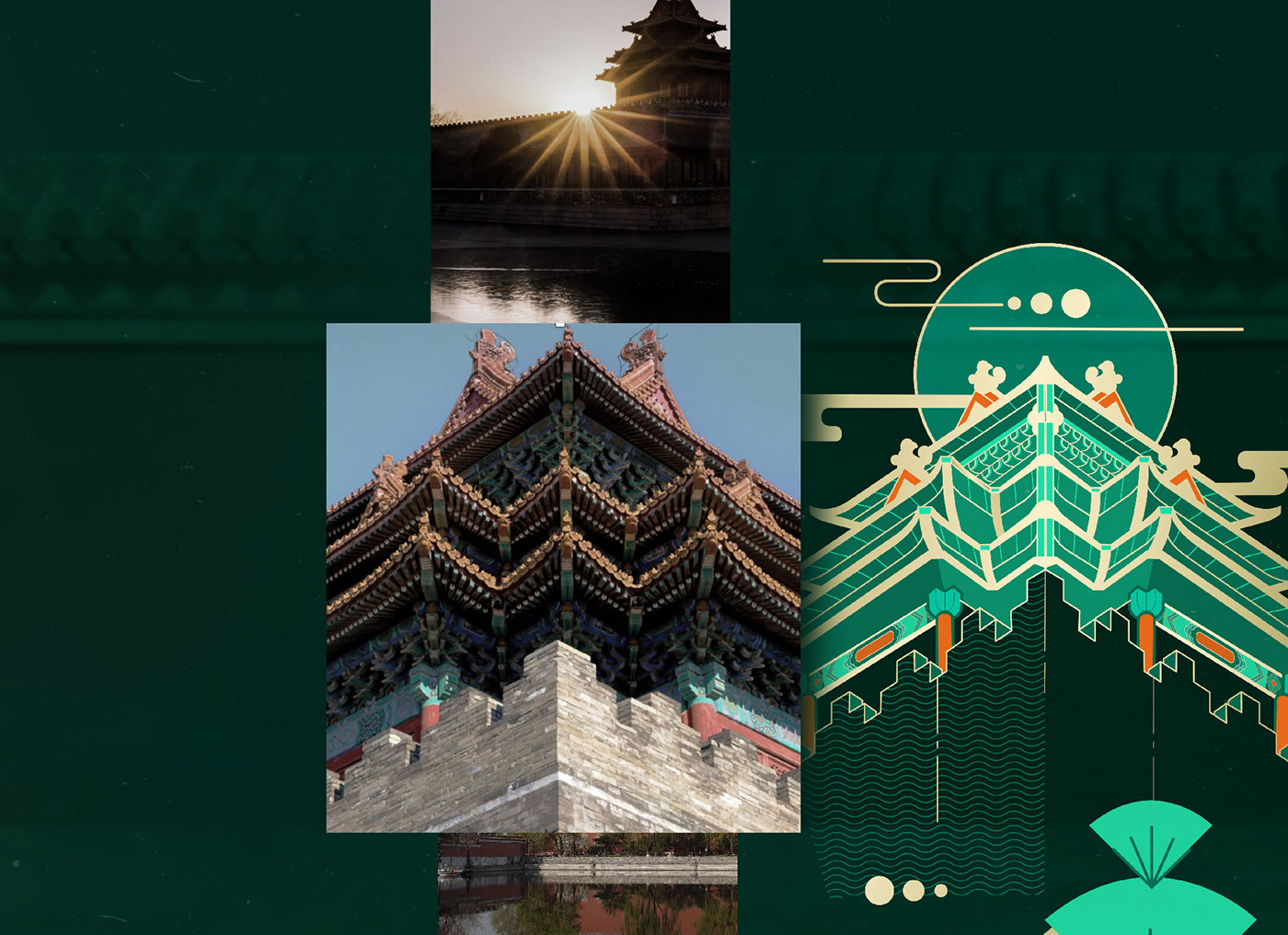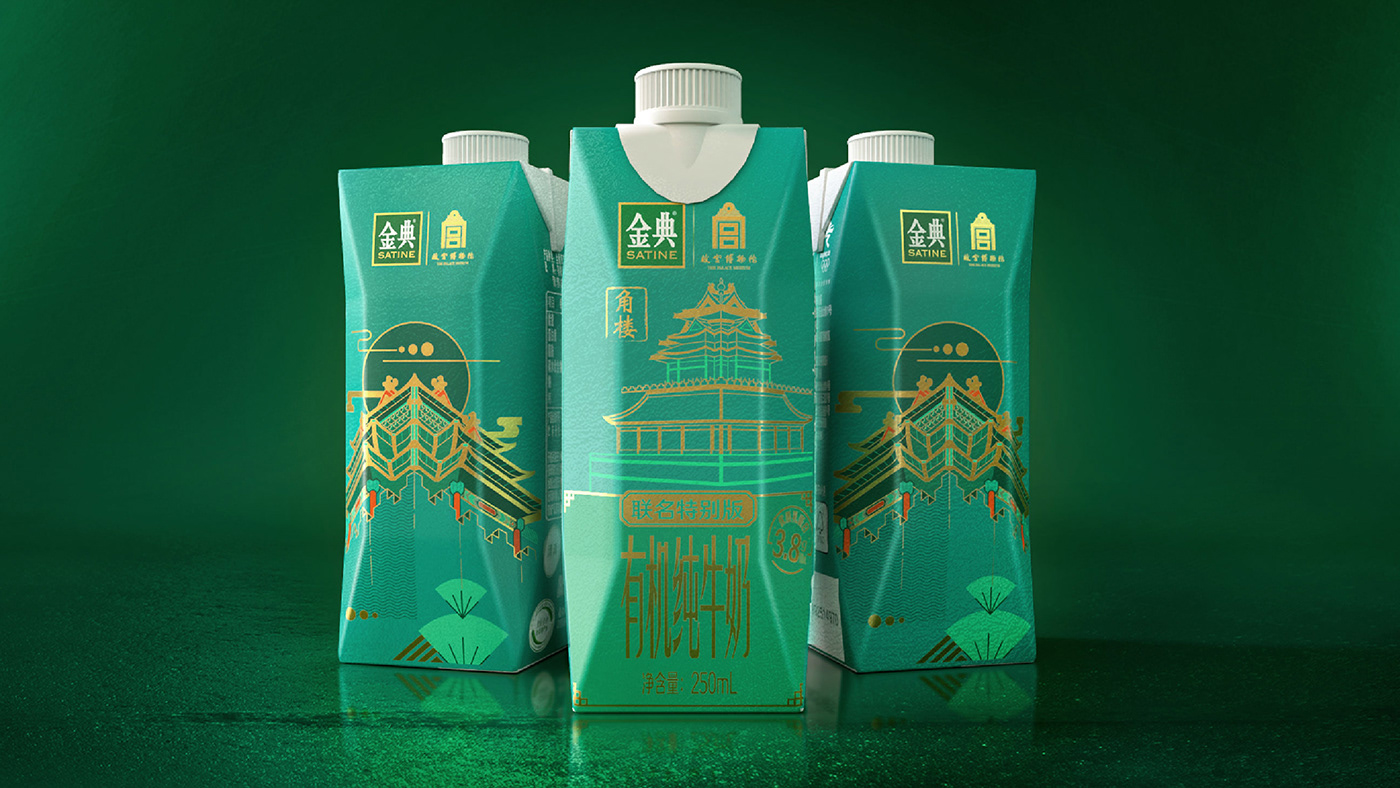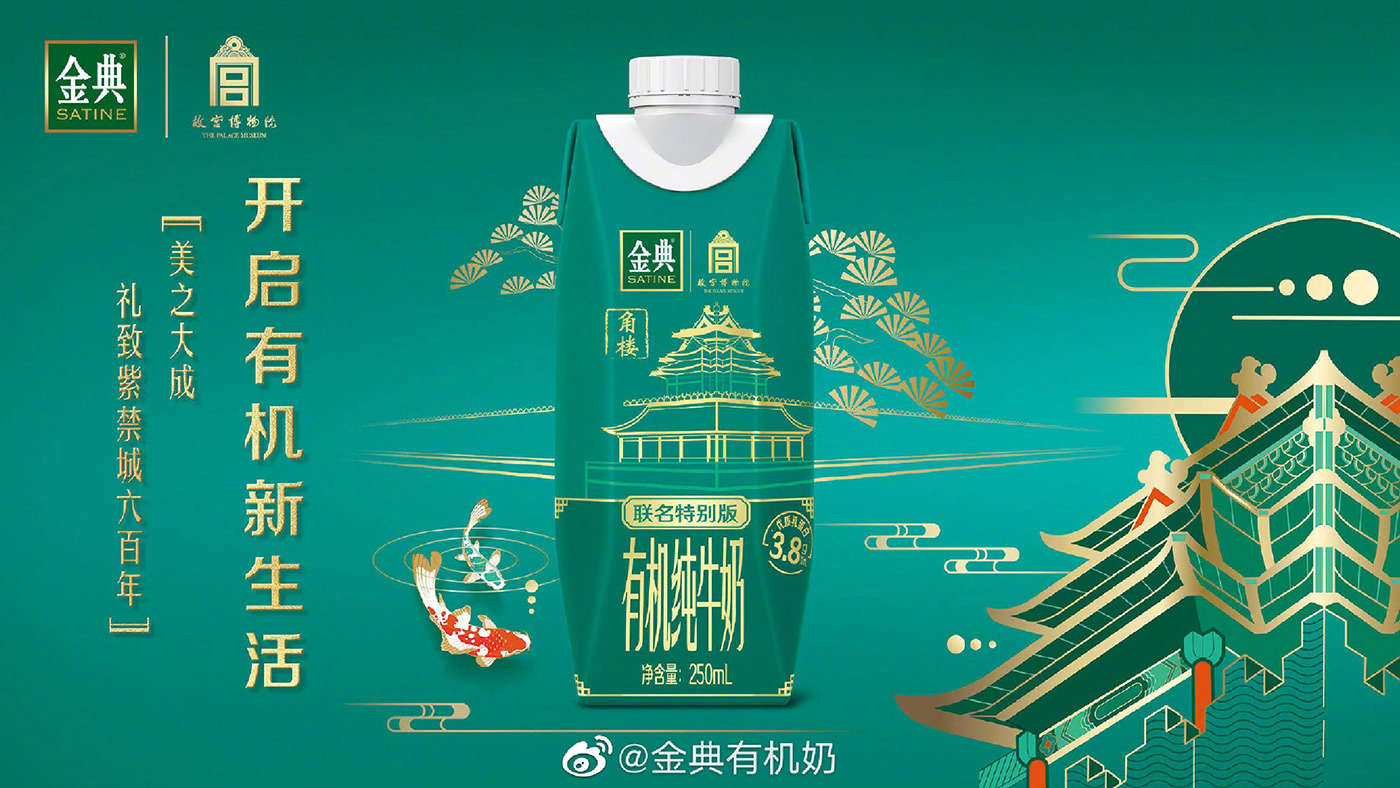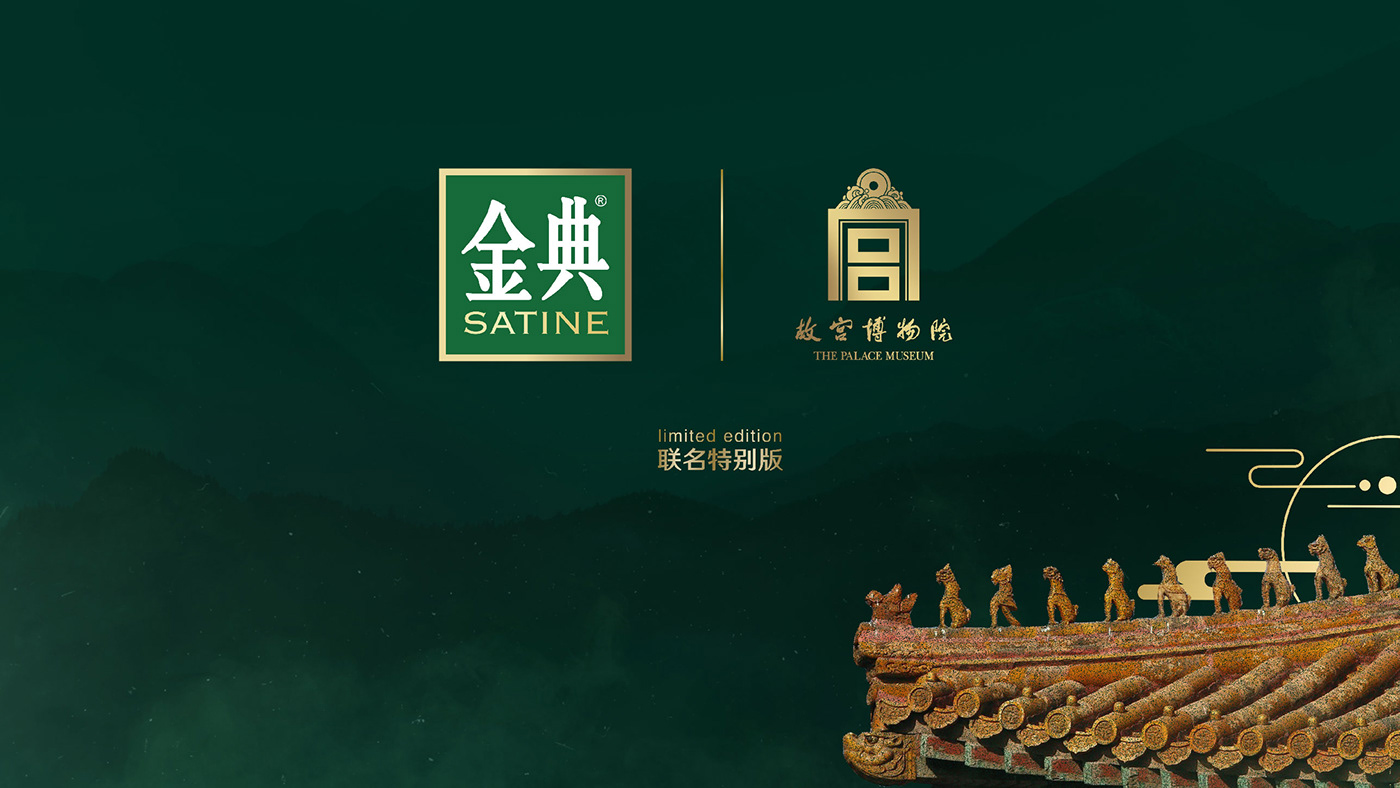
China's Palace Museum will hold a series of grand exhibitions to celebrate the 600th anniversary of the Forbidden City – one of the world's most visited tourist attractions. The cooperation between Yili Group and the Palace Museum is a cross-border linkage between the representatives of Chinese traditional culture and the inheritors of health culture.
On the day of the ceremony, Yili and the Palace Museum jointly launched the “Jindian x Palace Museum joint special edition of milk”. The milk packaging was inspired by the classic architectural elements of the Forbidden City.
✿
Credit
Client: Yili Group
Creative Agency: Holmes & Marchant
Design Director: Enid Tam
Lead Designer: Ken Duong
Production: Stu Calder, Fang Hui Teh
Project Manager: Jean Chen, Jackie Chen
Illustration & 3D Animation: Tree Studios
Lead Illustration: Nguyen Kei
Artist: Pulu, Tuong Van, Du Yen
3D Mockup: Nguyen Thanh Tu
3D Animation Art Director: Le Khiem
3D Animation Artist: Nguyen Thanh Tu
Coordinator: Thao Huynh
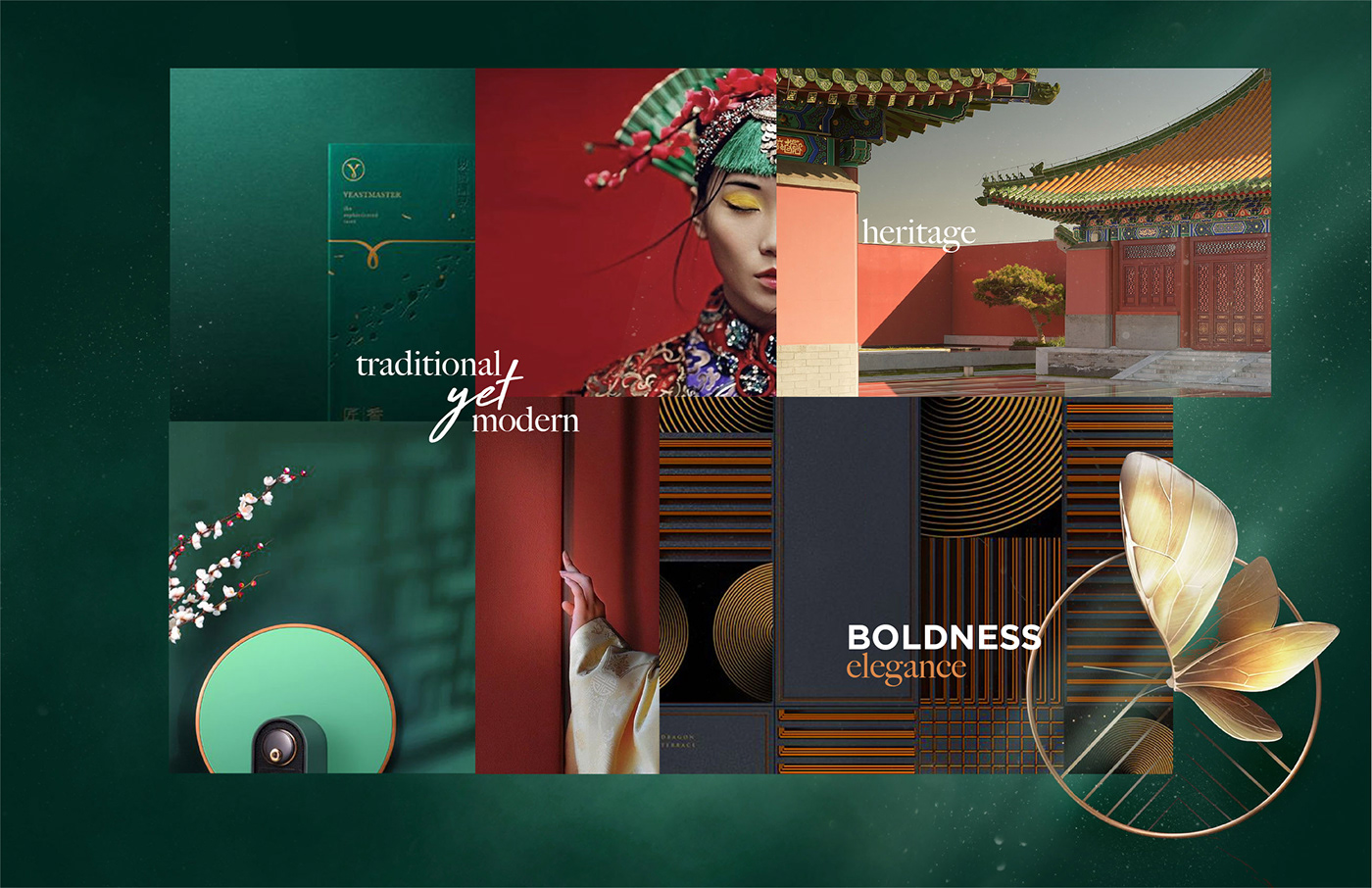


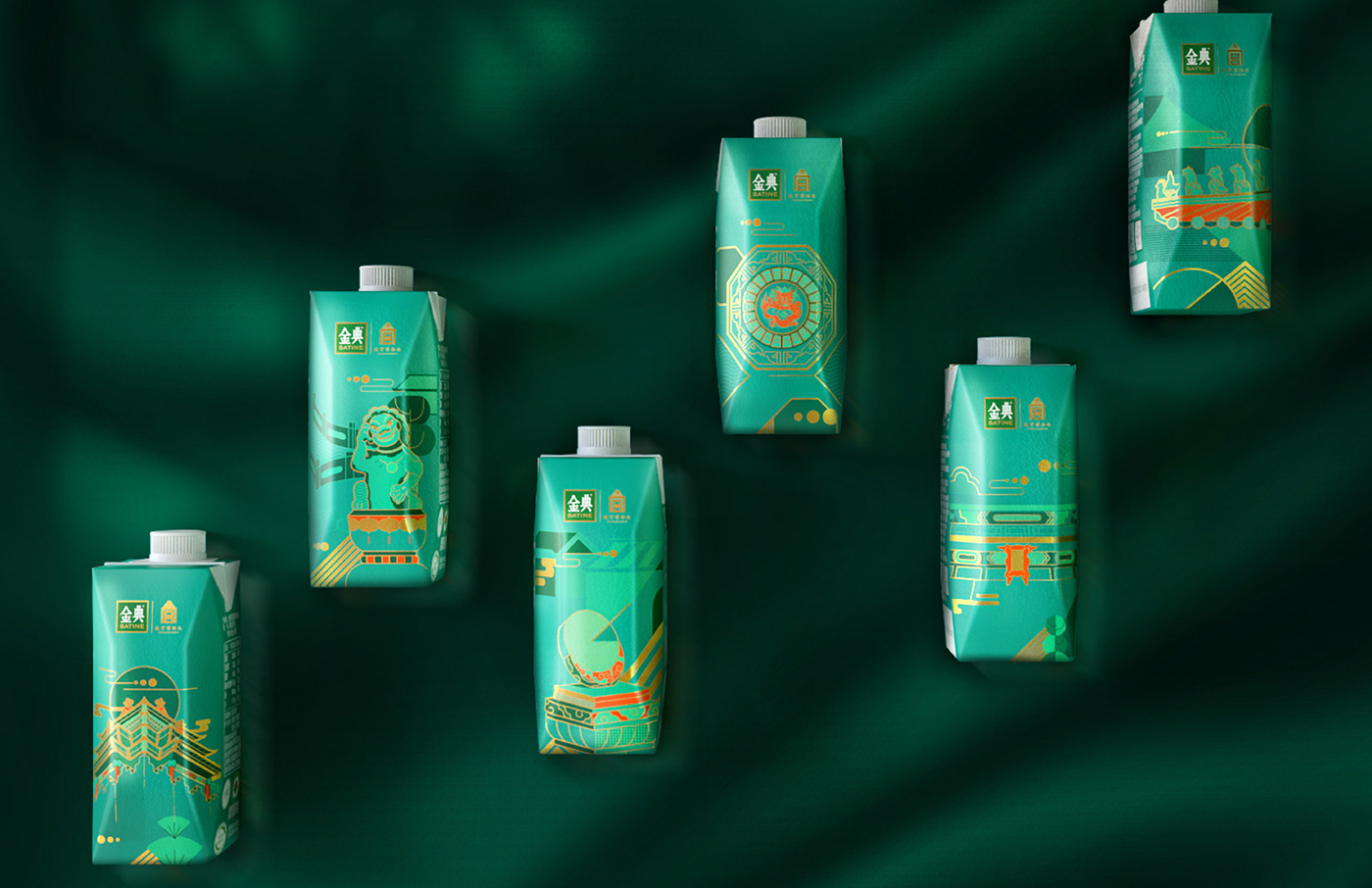


Taihe Palace
The Gate of Supreme Harmony
✿
Taihe Palace is the most superior palace in the Forbidden City, commonly known as the "Golden Emperor's Hall" in the imperial palace among ordinary people.
The Taihe Palace used to be the place where grand events like enthronixation, wedding, expedition and holiday celebrations were held during the Ming and Qing dynasties. IT stands upright in the center of the Forbidden City.

Ridge Beast
✿
A row of mythical animal figures was placed on the tails of the ridgesat the four corners. These ridge beast were called "crounching beast" in Chinese and most of them were from Chinese fairy tales.
There not only played a decorative role, but also highlighted Chinese beliefs, Ancient Chinese people believed that these mythical ridge beasts on the roofs would prevent fire and drive way demons. The size and number of ridge beast symbolized the rank and luxuriousness of the building.


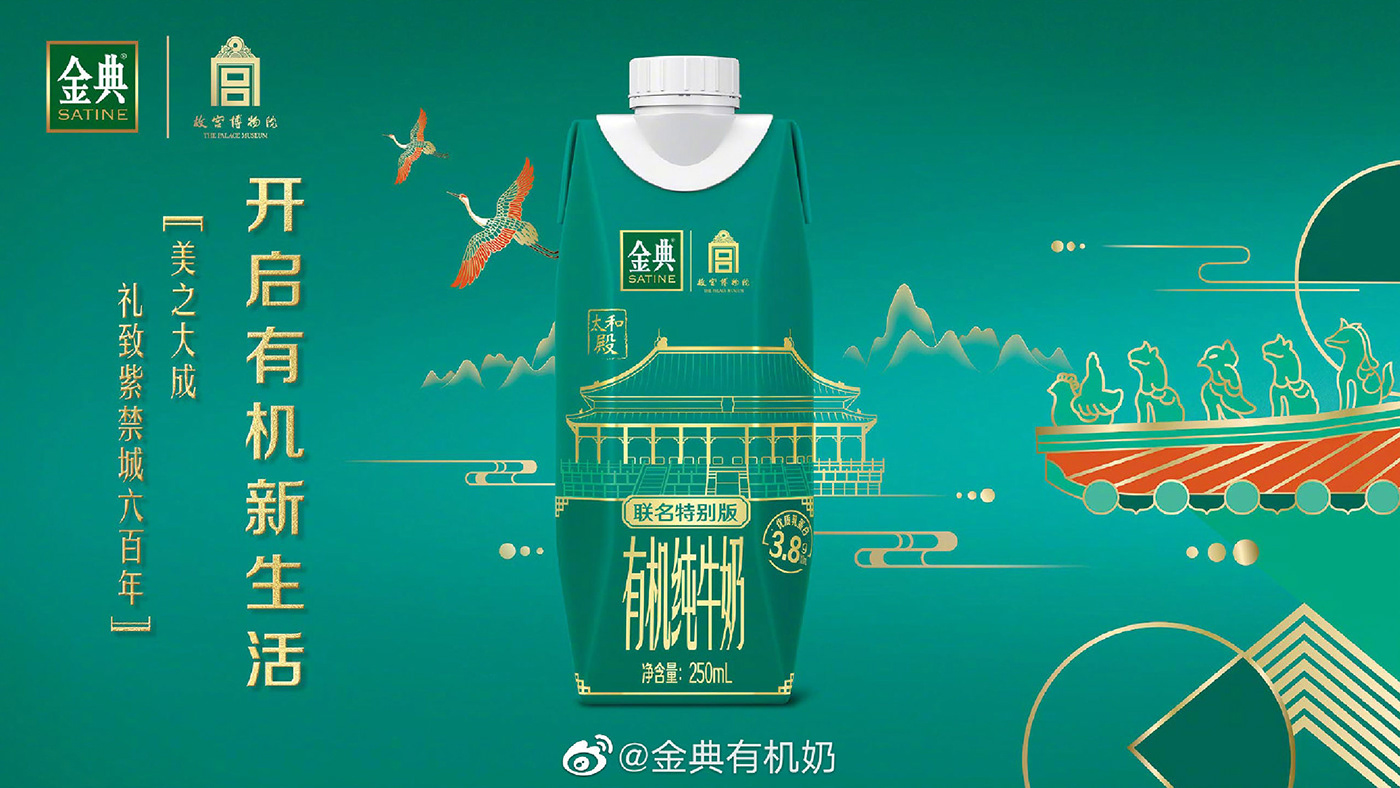
Shufang Zhai Palace
The Palace of Many Splendors
✿
The Palace of Many Splendors was formerly a residence of the Qianlong Emperor when he was an imperial prince. It underwent extensive restoration after his enthronement.
On the occasion of the Spring Festival celebrations, the emperor hosted court officials by staging an opera performance and offering tea.
In 1923, the abdicated Qing emperor and family celebrated an imperial consort dowager's birthday by an opera performance on this stage. It was also the last theatrical performance in the imperial palace.
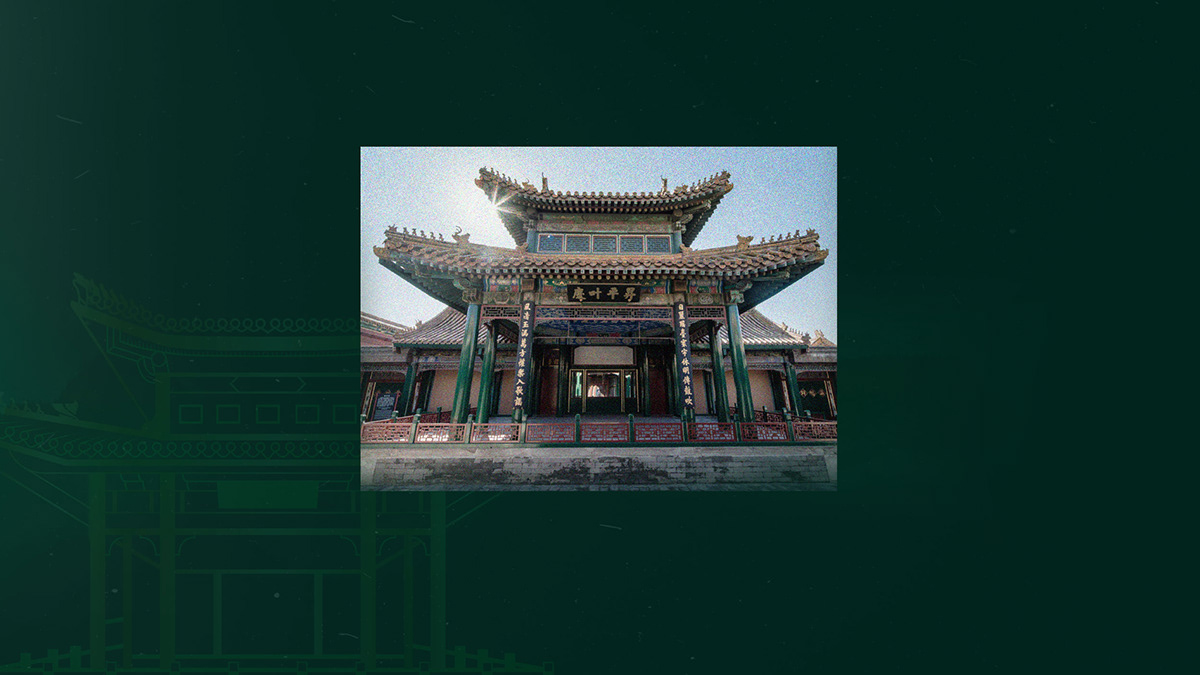
Calligraphy Tablets
✿
Every building in the Forbidden City had a calligraphy tablet hanging above to designate its specific function.
Calligraphy tablets can always enhance the aesthetic charm of architecture as a whole, which can explain why they have developed as a common feature of Chinese traditional architecture, and are found on almost every main gate, wall and building of those historic palaces, mansions, temples and gardens.

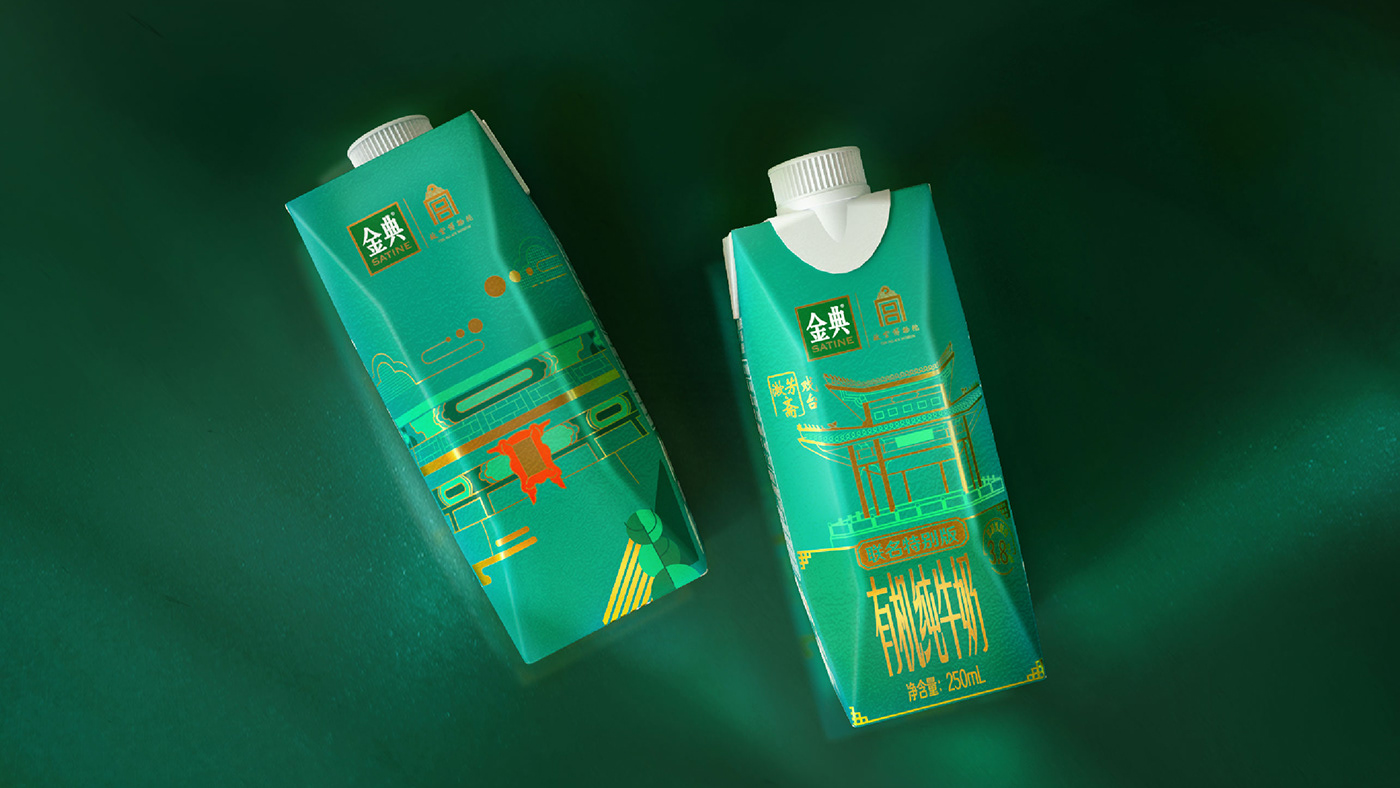

Duanhong Bridge
The Broken Rainbow Bridge
✿
Duanhong Bridge, aka Broken Rainbow Bridge, is located outside Gate of Supreme Harmony (Taihemen) and to the east of Hall of Martial Valor (Wuyingdian) in Forbidden City. This north-south bridge is about 19 meters (21 yards) long and 9 meters (10 yards) at its widest point, which spans across the Inner Golden Water River.
According to some historical records, Duanhong Bridge was originally a royal bridge in Yuan Dynasty (1271-1368). It is said that there were three arch bridges, named as Rainbow Bridges at the beginning. Two of them were demolished in Ming Dynasty (1368-1644) when building the Forbidden City. Thus the remaining one was called Broken Rainbow Bridge. If the records are true, Duanhong Bridge should be the oldest building inside the Forbidden City.

The Legend "Monkey on Duanhong Bridge"
✿
It is said that one of stone lions was once really covered with cloth and this had something to do with a secret in the Forbidden City.
Emperor Daoguang of Qing Dynasty (1644 - 1911) had high expectations for his eldest son named Yiwei, hoping that he could inherit the throne in the future. However, the higher expectation, the greater disappointment. Yiwei made no effort to seek progress, Yiwei was so upset and hated the teacher. One day, he had a quarrel with the teacher and shouted that 'I will kill you if I become the emperor'.
Hearing about this, Emperor Daoguang was very angry and gave Yiwei a firm kicking. Unexpectedly, Daoguang kicked the important part of Yiwei and Yiwei fell down immediately clutching his stomach and passed away a few days later.
Emperor Daoguang felt sorrowful and guilty about this. One day when he passed the Duanhong Bridge, he saw one of the stone lions very much like his son clutching the stomach. The stone lion made him feel even more miserable. After that, the stone lion was covered with cloth as long as the emperor Daoguang passed this bridge.
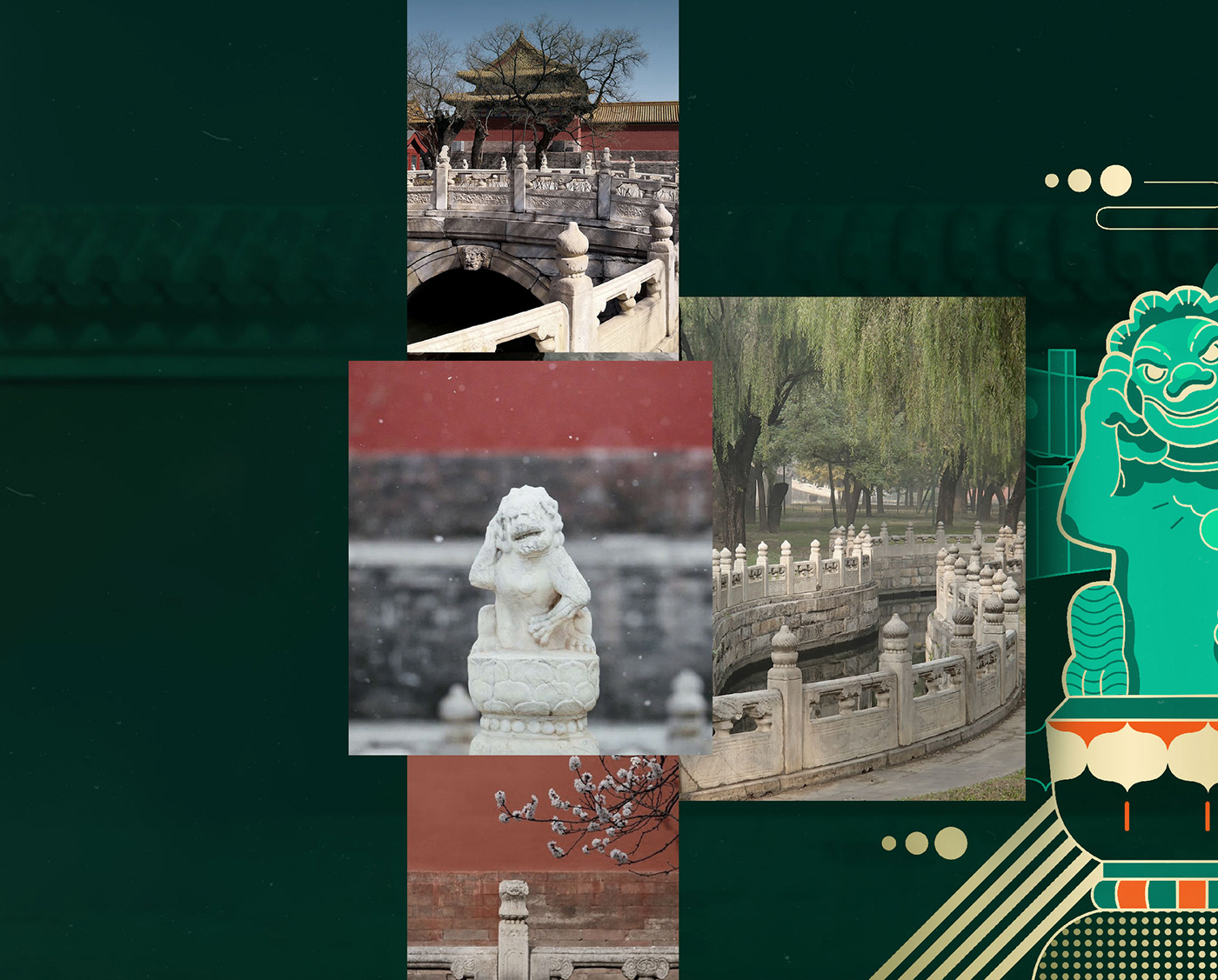


Kunning Gong
The Palace of Earthly Tranquility
✿
Also named Palace of Terrestrial Tranquility or Kunninggong), the Palace of Earthly Tranquility is the last of the three main palaces in the Inner Court of the Forbidden City. The palace was the main living quarters for the emperor's empress during the Ming Dynasty. During the Qing Dynasty, the palace was used as a bridal chamber.

Miraculous Sundials
✿
Sundials were used to tell the time of the day, solar terms and symbolize the emperor's supreme power to confer time on all the people over the country.
Each sundial consists of a round sundial plate, a gnomon and a base. The sundial plate is made of white marble with scales on both sides. Each scale represents an hour. The gnomon is made of iron and pierce vertically through the plate. The sundial base is square and supported by stone pillars.



Wanchun Pavalion
Pavalion of Myriad Springtimes
✿
The Pavilion of Many Springs is one of twin Pavilions placed symetrically as opposed to the central Palace of Imperial Peace in the east- and the west of Garden.
At each of the four corners of the garden there is a pavilion. These symbolise the four seasons. The Pavilion of Myriad Springs (Wanchunting) is the most famous and occupies the eastern corner. Built in 1535 and restored during the Qing dynasty, as its name implies, it is this pavilion that symbolizes spring.
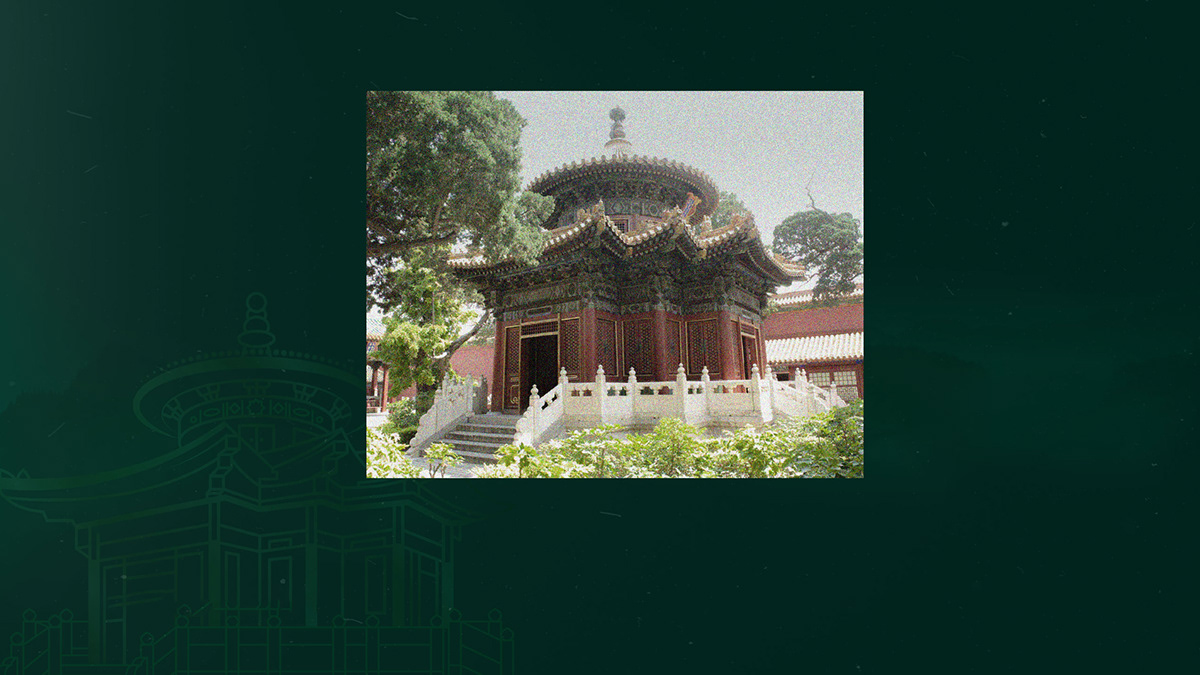
Caisson Ceilling
✿
Caisson ceiling is the unique design of interior ceiling in traditional Chinese Architecture. It is made from wood, generally looking like an open umbrella and decorated with various carvings and colorful paintings, representing the highest architecture level in ancient China. The round-shaped Roofs of the Pavilions have overhanging eaves and many symetrical angles.
In the middle of the caisson ceiling, is usually a big wood carving in the shape of a dragon to symbolize the supreme power of the emperor. Below the dragon, is a Xuanyuan Mirror to drive off evil spirits. Surrounding them are patterns of algae and aquatic plants. They are usually glazed with gold or painted green.



Jiaolou
The Corner Towers
✿
The Corner Towers are located in the four corners of the Forbidden City.
It was first built in 1420.
Combined with the walls, turrets, tower, forts and other defensive facilities, the Corner Tower play a defensive role.
The Corner Tower means the building in the corner, however it is not a building. If look from inside the the corner tower, you will find out that the inside is clean and neat, there no one root ground pillars, no staircase, floor, it is called a 'building' in Chinese probably because it was built on the wall.

Three Layers of Up-Curling Roofs
✿
Each Corner Tower has a three-layer up-curling roof with 9 beams, 18 posts and 72 ridges. The roof is covered with yellow glazed tiles and decorated with auspicious animal statues.
Ancient Chinese builders superimposed and inlaid basic geometric shaped woods, like triangles, ladders and cubes to each other to build the complex, stable, exquisite and different style roofs for these corner towers, using no nails at all. It can be say that these Corner Towers represents the high architectural technique of ancient China.
